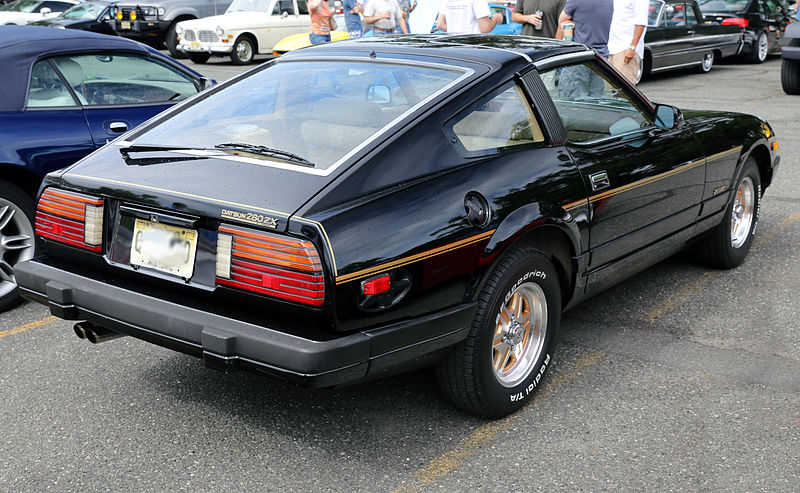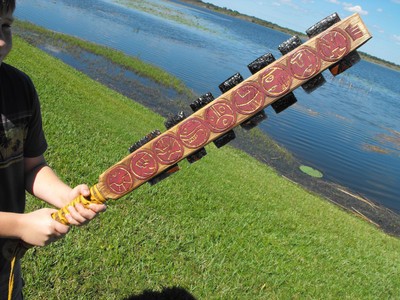fishbait08
I trust you know where the happy button is?
- Joined
- Mar 11, 2015
- Messages
- 855
- Likes received
- 4,742

1982 Datsun 280ZX
For the 1982 model years, Nissan gave the S130 a mid-cycle refresh. Externally, there were a number of styling tweaks, such as new wheels & taillights, while the decorative hood ducting, external trim, and bumpers were all revised. A number of minor tweaks were made to the interior as well, while an electronic voice warning system that would alert the driver to such things as leaving the lights on when exiting the vehicle, forgetting to release the parking brake when starting off, or leaving a door open was added to the option list.
However, the major changes were under the skin. A new power rack-and-pinion steering system became standard, which corrected many of the faults testers found with the earlier S130 steering, while on both naturally aspirated and turbo models, major revisions were made to the car's suspension, building upon the tweaks made to the suspension of the 1981 turbo models, which greatly improved the handling behavior. As a result of the suspension revisions, the exhaust had to be rerouted to exit from the left side of the car instead of the right side where it was on earlier models. The brakes were also improved over earlier models, correcting another issue testers uncovered with the S130, where the brakes would suffer from excessive fade during spirited driving.
Naturally aspirated 280ZX's also got a slight performance boost with the refresh, as the compression ratio of the engine was increased, bumping its output from 135 to 145 HP. (Turbo models remained unchanged under the hood.)
No further changes would be made during the S130 platform's production run.


























